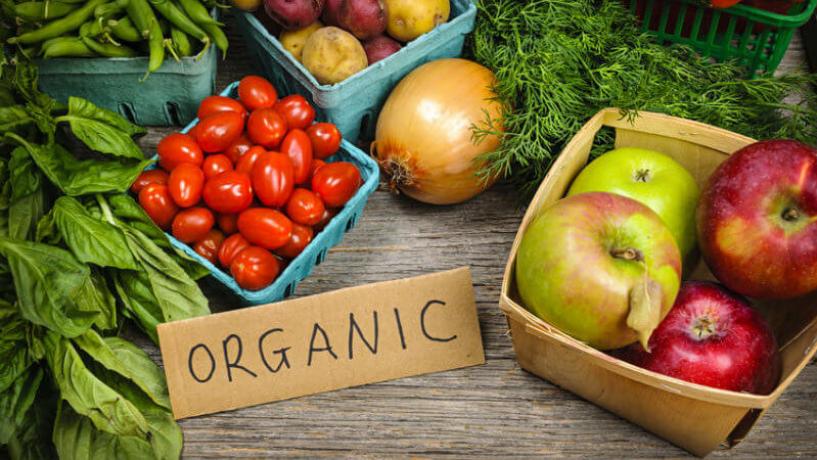
For years, organic foods have been considered not only healthier nutritional options but options that are safer to consume as well.
However, a new study is now calling into question the reputation attached to organic food according to Food Magazine. Is it really all it’s cracked up to be?
Organic foods are not grown and produced in conjunction with the use of pesticides or other chemicals – naturally, something that would be potentially desirable from that standpoint.
The study in question was conducted by food safety and health scientists at Stanford University. The research involved the examination of roughly four years’ worth of data comparing organic foods with more standard options.
The recently released results of the study actually found that fresh produce labelled and sold as organic is no more nutritious than standard produce, nor is it a better fit for consumption from a safety standpoint. Naturally, there were higher amounts of pesticide residue found on non-organic items, but all were well within healthy limits allowable by law. Similar results were determined in regards to organic meats, poultry, and fish.
“When we began this project, we thought that there would likely be some findings that would support the superiority of organics over conventional food,” said Dr. Dena Bravata, the senior author of the paper attached to the study. “I think we were definitely surprised.”
Whether or not the results of these studies will actually affect the demand for organic food is uncertain since the highest motivator for consumers who prefer organic still is the lower quantities of pesticides, preservatives, and other unwanted food additives. Some experts even think the demand for organic items in Australia will continue to rise as Aussie consumers continue looking for ways to buy local and choose food options that are “made in Australia”.





